Sustainable gastronomy has been a movement of both growing interest and importance as we move deeper into the 21st century. Questioning the mechanisation and processing of food as a positive source of our daily diet, the idea of this movement is to take us back to the way food has been grown, bred, and consumed for thousands of years. With an ever-expanding global population and our earth showing signs of strain, it has never been more important to take a hard, critical look at the ways we eat and how the food we eat ends up on our table.
The Agri-Farming Effect
Throughout the world, agriculture is often the leading source of pollution in many nations. From pesticides and fertilizers to other toxic farm chemicals that can poison fresh water, marine ecosystems, air and soil, big agriculture’s practices choke the planet in the short term. Unfortunately, they also can remain in the environment for generations, damaging it long term as well.
Yield to Organic Farming
The better natural and organic farming methods maintain and build soil fertility, soil carbon and the soil’s capacity to hold water. This ensures perennial and increasing harvests, reduced global warming and better drought-proofing. These natural methods equal or exceed yields of agribusiness without expensive inputs of chemical fertiliser and pesticide. It also prevents the catastrophic long term effects of poisons in our food and water supply.
The Way Nature Intended It
At the heart of sustainable gastronomy is this basic fact: nature, if approached in a symbiotic manner, will provide the best, most nutrient-rich food without waste, without damaging byproducts, and without significant health risks. And it will do so in a way that is repeatable for centuries.
Instead of pouring money into machines and science that strip land and food of nutrients and change the DNA of nature’s miracles, this movement seeks answers that allow nature to thrive as it is meant to. Earth, after all, has fed and clothed humankind without mass production and genetic engineering since the dawn of time. Our growing awareness provides options for us all to join this food revolution. We only need to choose to do so.
Farm to Table

Farmer’s markets have gone from weekend curiosities and side hustles to a full-blown economy. Small, local farms dedicated to fresh and often organic produce and livestock have become commonplace.
Their technology is in well thought out planting, natural protective measures, and intelligent cultivation and harvesting, not in altering their foodstuff’s DNA or using damaging pesticides. Produce is picked when ripened naturally rather than picked unripe and the process finished in the processing, shipping, and mass distribution cycle. They are not covered in wax or injected with dyes to make them appear more enticing.
Livestock is either free range or cage free. In either event, the animals are given a more humane life cycle. They feed on what they are naturally intended to eat rather than corn meal that alters their physical traits and, in some cases over time, their DNA. All of this leads to a more natural, more nutrient-rich final product that resembles the natural state of things.
Grow Your Own

Developing a green thumb and creating a more sustainable world begins right in your own backyard. It’s relatively easy and can be a great hobby that incorporates your favorite vegetables. Make it a family affair by including the little ones, learning together how to feed your plants the nutrients they need while protecting them against pests that can destroy them.
Composting your own soil can also be an efficient way to grow your garden. Begin by getting a composting bin. Research how to properly compost and choose the method and system that works best for your family. Then start. You can begin small at first so it doesn’t feel overwhelming. As you become more comfortable with it, expand.
A Plethora of Plants
Having potted plants indoors and outdoors can bring all your favorite herbs right to your dinner table. Start from seedlings or purchase already sprouted herbs and spice plants from the local nursery. Each has its own requirements so be sure to research your herbs and plants before starting.
Keep tarps and insulated tarps on hand to help protect your plants against frost and other inclement weather. Surround your plants with chicken wire is also an important step in keeping critters away from your burgeoning garden.
Reduce Animal Protein
America became enamored with the image of success – and excess – that comes with steak and other prime cuts of meat being the centerpiece of every meal. In reality, it’s more healthy for our bodies to eat balanced meals where meat is but one part of a range of different foods.
By making animal protein just a portion of your meal you will not only cut down on your consumption of meat but will also lower your weekly grocery bill, lower cholesterol levels, increase energy, and provide a host of vitamins and minerals your body cannot get from animal protein.
Emissions Test
Present day livestock farming contributes 18% of human-produced greenhouse gas emissions worldwide. Just how much is this? More than all the emissions from ships, planes, trucks, cars and all other transport combined.
Over 200,000 acres of rainforest are burned every day, predominantly for livestock production. Commercial agriculture — such as cattle ranching, soy cultivation and oil palm plantations — drives 40 percent of deforestation worldwide. About 12 percent of global greenhouse gas emissions come from deforestation — roughly equivalent to emissions from all the cars and trucks on Earth.
The Real Cost of Animal Protein
Around 30% of the earth’s land surface is currently used for livestock farming. That’s an incredibly inefficient use of land, particularly taking into account the number of undernourished people in the world. By comparison, meat from cows was the least-efficient food source: one acre provides only 8,000 grams of protein and 89,000 calories. Even the lowest-performing plant product – sunflower seeds – produced over 1800% more protein per acre than did cows. The least-productive plant food for calories – lentils – still provided 2500% the calories that cows did.
What’s more, if we combine pastures used for grazing with land used to grow crops for animal feed, livestock accounts for 77% of global farming land. While livestock takes up most of the world’s agricultural land it only produces 18% of the world’s calories and 37% of total protein
Crop yields have increased significantly in recent decades, meaning we have spared a lot of land from agricultural production: globally, to produce the same amount of crops as in 1961, we need only 30% of the farmland.
Taking Care of H20
It takes approximately 1,847 gallons of water to produce 1 pound of beef. That’s enough water to fill 39 bathtubs all the way to the top. One pound of pork takes 576 gallons of water. As a comparison, the water footprint of soybeans is 216 gallons. That of corn is 108 gallons.
Soybean water use per day is highest during the reproductive stages (flowering to full seed). During this time period, a soybean crop will use between 0.2 and 0.3 inches of water per acre per day. With healthy drinking water becoming more of a concern, conserving it while also feeding our ever-growing population is critical.
Reduce Seafood
To put it simply, from a global perspective, there is not such thing as sustainable harvesting of fish. There are too many humans and too few fish. They simply cannot replenish themselves fast enough to keep up with demand.
While fish farms sound good in theory, they can impact wild fish populations by transferring disease and parasites to migrating fish. Aquaculture also often pollutes water systems with excess nutrients and fecal matter due to the large numbers and concentrations of farmed fish. The reliance on corn meal, a food not in any fish species normal diet, causes changes in the fish at a molecular level, changing healthy fats into unhealthy fats and thus turning a healthy diet staple into a negative one.
Seafood Farming Environmental Effects
Large swaths of mangrove forests – complex ecosystems that lined great stretches of the coasts of Thailand, Vietnam, and China, as well as those of other countries – have been destroyed to create shrimp and fish farms. These swamps helped buffer the effects of hurricanes, cyclones, and tsunamis.
It’s no secret that coastal wetlands help to mitigate the negative effects of more devastating storms and weather systems. The loss of these types of coastal wetlands along the Mississippi Delta contributed to the immense devastation from Hurricane Katrina.
Pea Protein vs Soy
Most soy protein is genetically modified. In fact, the two most commonly genetically modified foods are soy and corn. Pea protein is now healthier and cheaper to produce and a cleaner/better source of protein. Many companies now are investing in the production of non-GMO and organic peas to harvest for pea protein to be used in everything from egg replacers and eggless mayonnaise to protein bars and weight loss shakes.
Use vegetable-based ingredients:
Milks such as oat and hemp milk cost less to produce than cow’s milk and are healthier for the human body. Less than 40% of people worldwide retain the ability to digest lactose past childhood. That means the majority of us harm our bodies for the rest of our lives.
Go Nuts:
The benefits of nuts, tree nuts, and legumes as a healthy snack cannot be understated. They too, however, should be eaten in moderation. For example, it takes 1.1 gallons of weather to grow a single almond. Not the best use of that precious resource. Walnuts, pistachio nuts, cashews, and hazelnuts require roughly the same amount of water. Peanuts, on the other hand, require just a fraction of that, making peanut butter a healthy alternative for those not allergic to it.
Make It at Home
Making jams, tomato sauces, relishes, pickles, etc. can be a fun and healthy way to incorporate fun into your menus that everyone can get involved in. Uses fresh produce from the farmer’s market versus manufactured or agri farming produce from the store. You can even use food from your own garden. Is there anything better than homemade giardiniera?
Go Non-GMO
The benefits of non-gmo and organic food are huge and a wide selection of these foods exist, inherently they are healthy and better for the environment. GMO wheat’s proteins, for instance, when digested/processed by the body turn into what can only be referred to as poisons. They are no longer healthy for the body and are well known in the naturopathic community as a direct contributing factor to gluten sensitivity and celiac disease. Oh – did we mention non-GMO foods are far more delicious?
Can I See You for a Minute, Honey?
Raw honey is one of the healthiest foods for you and can substitute for refined/processed sugar. You can even bake with it. Whether in tea or slathered on biscuits, honey can fill that hankering for sweets while simultaneously being a great boost for your immune system. Honey from bees in your area is the most healthy for you as it contains vitamins and allergy-fighting nutrients that are most common to your geographic location.
Eliminating Single-Use or Disposable Plastics or Paper Products
Obvi.
-Negative effects of agribusiness farming:
- Agribusiness does more harm than good in food production
- “The better natural and organic farming methods, on the other hand, maintain and build soil fertility, soil carbon and the soil’s capacity to hold water, thus ensuring perennial and increasing harvests, reduced global warming and better drought-proofing. They equal or exceed yields of agribusiness without expensive inputs of chemical fertiliser and pesticide.”
- Impact of Sustainable Agriculture and Farming Practices
- “Agriculture is the leading source of pollution in many countries. Pesticides, fertilizers and other toxic farm chemicals can poison fresh water, marine ecosystems, air and soil. They also can remain in the environment for generations.”
- “Many farming practices—such as burning fields and using gasoline-powered machinery—are significant contributors to the buildup of greenhouse gases in the atmosphere. The Food and Agriculture Organization of the United Nations (FAO) contends that the livestock sector alone is responsible for 18% of all greenhouse gas production.”
-Negative effects of fish farms
- Do Now U! Do the Benefits of Aquaculture Outweigh Its Negative Impacts?
- “Fish farms can impact wild fish populations by transferring disease and parasites to migrating fish. Aquaculture can also pollute water systems with excess nutrients and fecal matter due to the large numbers and concentrations of farmed fish.”
- “The increased amount of pollutants in fishmeal, caused by toxins from ocean pollution, is also raising concerns because these harmful toxins make their way into food targeted for human consumption.”
- Environmental impacts | Sustain
- “Waste from fish-feed and faeces can pollute the water and seabed around intensive fish farms leading to poor water and sediment quality. Chemicals and pesticides (used in some fish farming to control parasites and disease) can also contaminate the area and impact surrounding marine life.”
- “Farmed fish infected with diseases or parasites can spread these to their wild counterparts, affecting the health of wild populations near fish farms. “
- The Pros and Cons of Fish Farming | Saving Earth | Encyclopedia Britannica
- “Consumers in the U.S., who had been advised to eat fish several times a week for the health benefits, were dismayed to learn that highly recommended farmed salmon was found to be tainted with mercury and PCB’s.”
- “Mangrove forests–complex ecosystems that lined great stretches of the coasts of Thailand, Vietnam, and China, as well as those of other countries—have been destroyed to create shrimp and fish farms (as well as other businesses). These swamps helped buffer the the effects of hurricanes, cyclones, and tsunamis; it is believed that the loss of coastal wetlands along the Mississippi Delta contributed to the immense devastation from Hurricane Katrina.”
-negative effects of mass livestock production
- Five ways the meat on your plate is killing the planet
- “livestock farming contributes 18% of human produced greenhouse gas emissions worldwide. This is more than all emissions from ships, planes, trucks, cars and all other transport put together.
- “The scale of the problem can also be seen in land use: around 30% of the earth’s land surface is currently used for livestock farming. Since food, water and land are scarce in many parts of the world, this represents an inefficient use of resources.”
- “Feeding grain to livestock increases global demand and drives up grain prices, making it harder for the world’s poor to feed themselves. Grain could instead be used to feed people, and water used to irrigate crops.”
- “Most meat, dairy and eggs are produced in ways that largely or completely ignore animal welfare – failing to provide sufficient space to move around, contact with other animals, and access to the outdoors.”
- Over 87% of all jobs in food related industry sectors support or explicitly exploit animals.

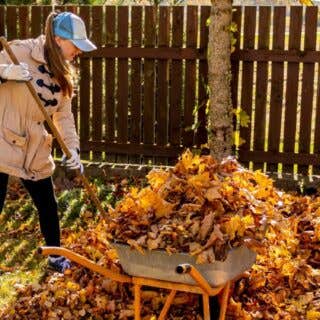


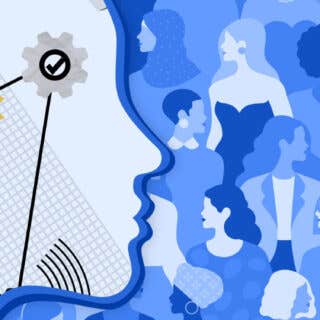

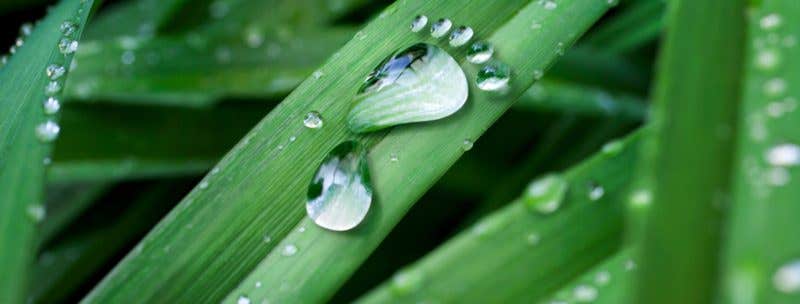

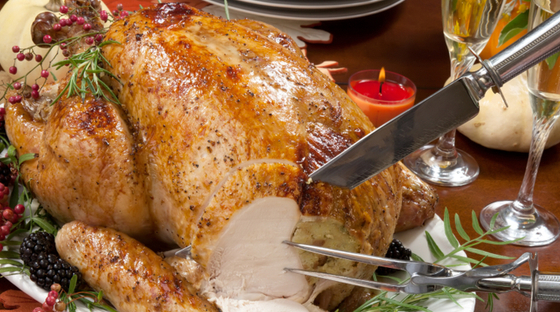

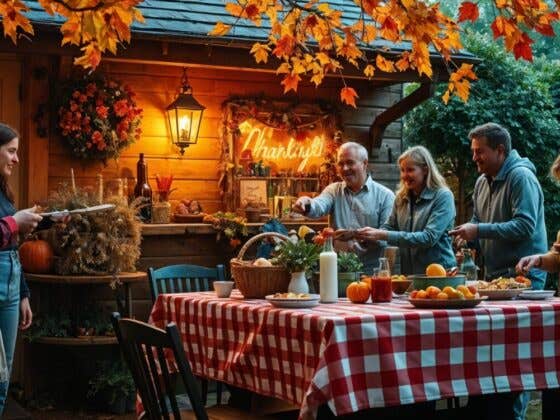



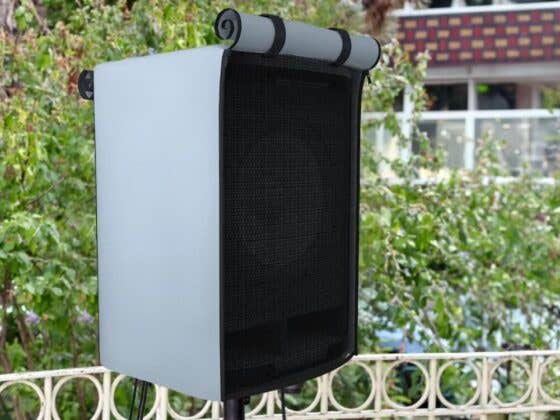


Recent Comments